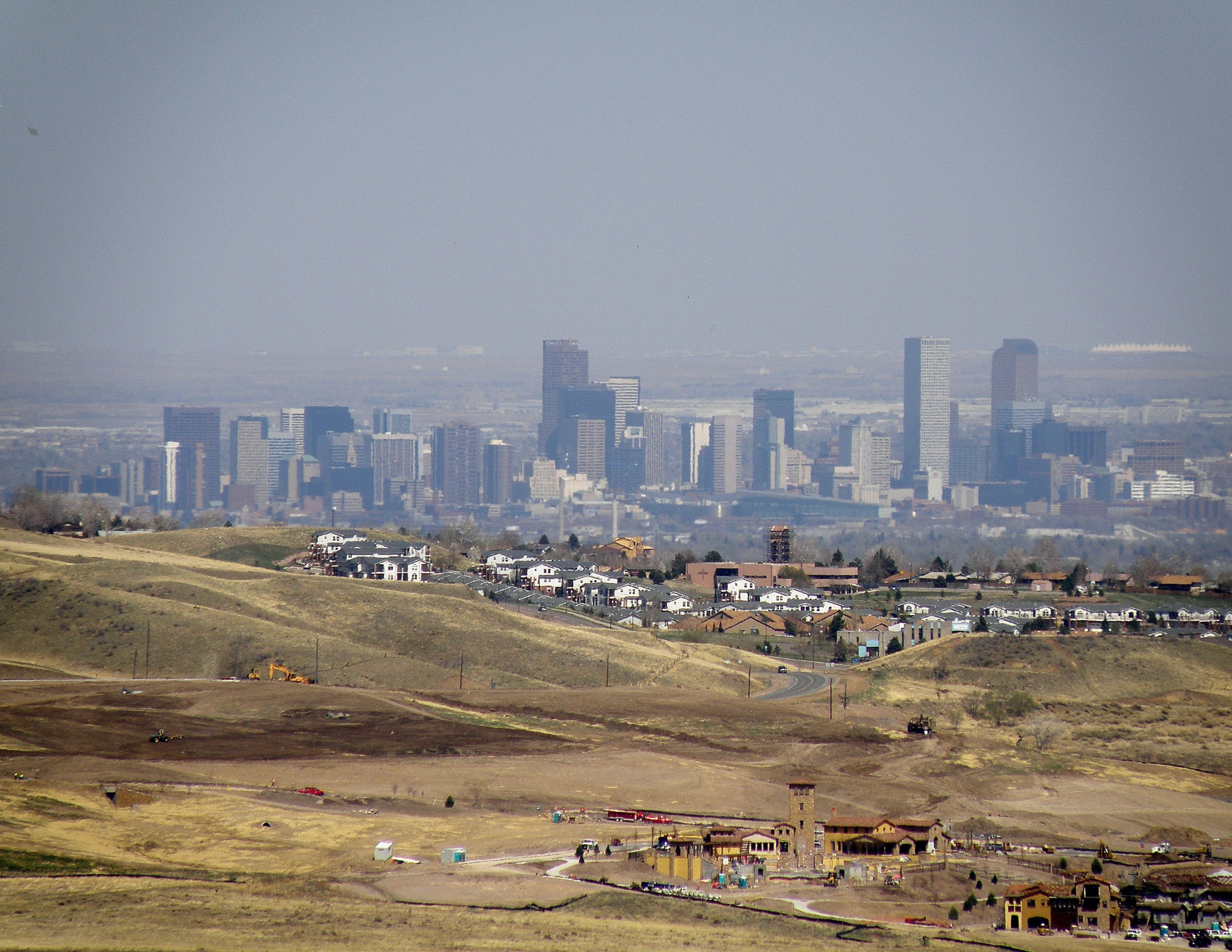
Strengthen the state’s plan to clean up our air now
On Nov. 29, CoPIRG Foundation and 17 coalition partners submitted a letter to the Air Quality Control Commission (AQCC) calling on the agency to make a strong plan that will truly address the harmful levels of ozone pollution on Colorado's Front Range.
Take Action
Here is the text of the letter:
#####
November 29, 2022
Martha Rudolph, Chair
Air Quality Control Commission
4300 Cherry Creek Drive South
Denver, CO 80246
Dear Commissioner Rudolph and the rest of the Air Quality Control Commission,
The Denver Metro/North Front Range (DM/NFR) region cannot afford to miss the attainment goals for ozone again.
It is critical that the AQCC approve an ozone State Implementation Plan (SIP) that is strong and includes control measures that reduce ozone precursor emissions enough to meet EPA air quality standards.
In recent years, the SIP modeling has missed the mark and resulted in too few meaningful pollution reductions and dozens of dangerous ozone alert days. This SIP must be more proactive and achieve real pollution reductions, which is why we write to you today in support of adding further control measures.
The cost of missing our attainment goals is high.
Because ozone pollution comes from a chemical reaction between sunlight, oxygen, and a mixture of pollutants including NOx (nitrogen oxides) and VOCs (volatile organic compounds), it is critical that we reduce the sources of NOx and VOCs in everything from motor vehicle exhaust to lawn and garden equipment to oil and gas production to industrial processes.
The health and economic impacts of failing to address ozone nonattainment are high. People’s health and quality of life are on the line and ozone fuels the climate crisis, which in turn fuels hotter days that increase the risk of ozone alerts.
According to the American Lung Association’s (ALA) 2022 State of the Air report, the Denver-Aurora metropolitan area’s failing grade for high ozone days means 3.6 million people are at risk of harm to their health, including 1.2 million people of color. Ozone impacts hit especially hard in disproportionately impacted communities (DICs), which suffer from the cumulative impacts of additional air pollution as well as soil and water pollution. High ozone levels on top of high localized pollution can lead to even worse health outcomes in the very communities that often have limited access to health care.
Ground-level ozone can have particularly severe impacts on people with underlying health conditions. According to the ALA, in the Denver-Aurora metropolitan area alone this includes:
As scientists have studied air pollution over the decades, we have learned that ozone impacts not just our lungs but also cardiovascular disease and other conditions. A 2016 study even showed that ozone pollution is cutting our lives short: “When compared with the counties with the lowest ozone concentrations, the counties with the highest ozone concentrations had 1.7- and 1.4-year lower mean life expectancy in males and females (both P < 0.0001), respectively.”
In 2022, health experts issued 46 ozone action alert days. These public health warnings go against Coloradans’ outdoor lifestyle and quality of life. It also threatens the tourism industry, which in 2019 contributed $24.2 billion to our economy and supported 180,000 jobs.
It is time for our SIP to meet the moment and meaningfully reduce ozone precursor emissions in a way that ensures that the DM/NFR area comes into attainment. No single solution will get us there; we need the AQCC to commit to a combination of strong measures that will significantly reduce pollution, taking into account which controls have the biggest impacts on the sources of ozone that contribute to disparate impacts on communities in the nonattainment area. We urge you to consider adopting the following additional strategies in the ozone SIP before you:
Every year we fail to meet ozone health levels is another year millions of people in Colorado are unnecessarily exposed to dangerous levels of ozone pollution. Now is the year we need the AQCC to step up and require a strong SIP with meaningful control measures.
To that end, our organizations support the control measures listed in this letter. The AQCC should consider the policies put forth to develop and adopt a package of rules based on those recommendations to protect the health and future of Coloradans.
Thank you for your hard work and consideration.
Sincerely,
Kirsten Schatz, Clean Air Advocate, CoPIRG (Colorado Public Interest Research Group)
Tracy Coppola , Colorado Senior Program Manager, National Parks Conservation Association
Ramesh Bhatt, Conservation Chair, Colorado Sierra Club
Shaina Oliver, State Coordinator, Moms Clean Air Force Colorado Chapter
Joro Walker, General Counsel, Western Resource Advocates
Scott Simmons, Leader, Climate Reality Project Northern Colorado
Leslie Glustrom, Senior Advisor, Clean Energy Action
Paul Culnan, Policy Analyst, Empower Our Future
Katara Burrola , Environmental Justice Organizer, Mi Familia Vota
Jeff Neuman-Lee, Climate Justice Legislative Team Co-Chair, Together Colorado Climate Justice Committee
Andrew Forkes-Gudmundson , Senior Manager for State Legislative and Regulatory Affairs, Earthworks
Alana Miller, Climate and Clean Energy Program Colorado Policy Director, Natural Resources Defense Council
Kevin Cross, Convener, Colorado Coalition for a Livable Climate
Gordon MacAlpine, Convener, Estes Valley Clean Energy Coalition
Fran Aguirre, President, Unite North Metro Denver
Harmony Cummings, Connector, The Green House Connection Center
Amy Petré Hill, Executive Director, Mental Health & Inclusion Ministries
Moshe Kornfeld, Director, Colorado Jewish Climate Action
#####
Kirsten joined CoPIRG's staff in 2022 and is focused on fighting for clean air for Coloradans and transforming transportation systems. Previously, she oversaw The Public Interest Network's efforts to engage alumni/former employees and volunteers in the network's work, specializing in communications and organizing events in dozens of cities. Kirsten lives in the Denver area with her husband and two children, where she is an avid hiker, biker, church choir member and gardener.